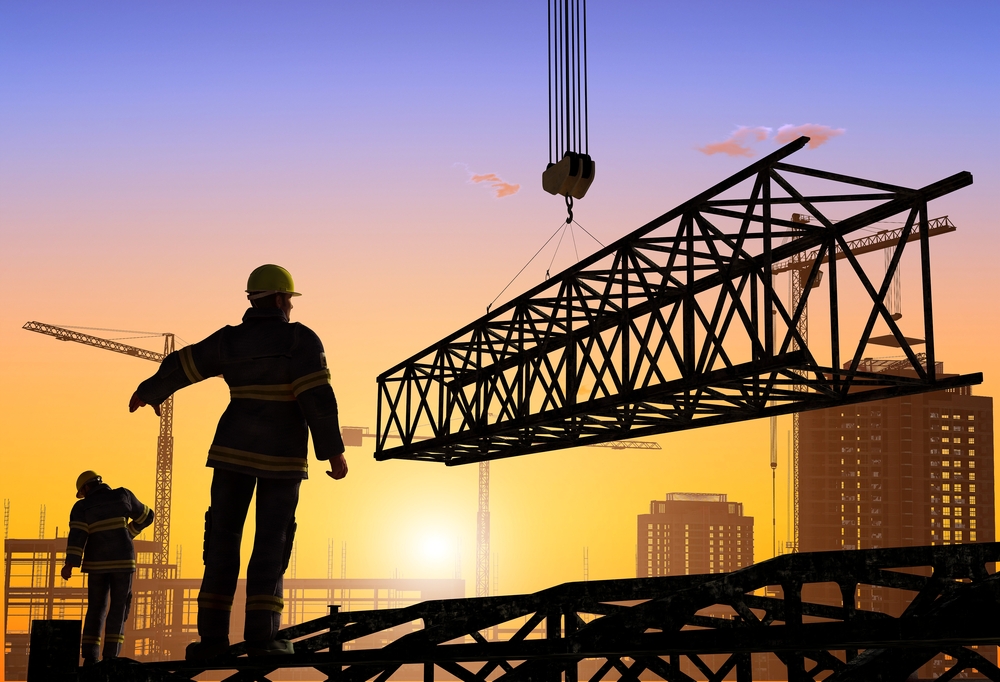
Recovery is the word of the year as the steel industry comes roaring into 2021. With the third coronavirus vaccine now on the horizon, a calmer wave of steadily growing supply and demand will set the industry on the path to return to pre-pandemic levels.
Steel demand is inspected to increase by 3.8% from 2020, and in the fourth quarter of last year, steel prices were rising, and steel supplies “remain tight to relative demand.” Experts predict the trend will continue, which will force buyers to navigate new territory when it comes to steel mill negotiations.
Demand is showing no signs of slowing, and the current forecast predicts an additional 8% growth, which would be the highest peak in four years. The continued spike is steady evidence of a recovering global economy that has used innovation as the main driver in overcoming the sudden supply-chain hiccups caused by the coronavirus pandemic.
Different parts of the steel sector are experiencing a variety of reactions due to other contributing factors that have had multiple effects on everything from carbon coil to raw materials.
Hot Rolled Carbon Steel Coil
Despite the current uptick in coronavirus cases rolling across the U.S., carbon coil stock is running low due to the American market beginning to return to normal. All carbon coil products such as structural, flat roll, and many others are all equally increasing in cost.
Demand for these items has weakened, and with mills running below standard capacity, inventory has dramatically decreased at service centers. The first quarter of 2021 will more than likely bring relief to this sector, and predictions point to price levels balancing across the board by the second quarter of 2021.
Stainless Steel
Growing prices are expected to hit stainless steel products, and high prices will, unfortunately, stick around through at least the first half of 2021. Many stainless steel manufacturers reduced their production last year and will be using the first half of 2021 to make up ground. Backorders are currently high, and the price of nickel is increasing in tandem.
Transport Issues
Shifts in the entire global market have boosted competitiveness in unexpected places in the market that are now competing with transportation resources. Lumber, building materials, All Terrain Vehicles (ATVs), boats, and other recreational items are moving into consumer hands very quickly, and trucking companies are busier than ever gaining new business in an attempt to meet consumer demand.
The steel industry is now competing for transportation resources, which means that even when supply is available, slowdowns occur when moving materials along the supply chain because of the newly generated demand in the transport sector.
Conclusion
Steel prices around the world tend to operate cyclically, and prices shift from peaks to lows every few years. Prices are likely to stay elevated for quite some time as the market’s recovery phase continues to trend alongside COVID relief.
Raw materials impact the cost of steel significantly, and prices continue to rise in this area. Iron ore prices could climb as high as $180/tonne this year, but steady steel sales will likely offset iron ore prices until mid-2021.











